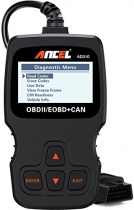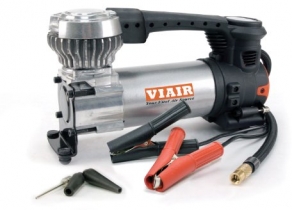-
Welcome to Tacoma World!
You are currently viewing as a guest! To get full-access, you need to register for a FREE account.
As a registered member, you’ll be able to:- Participate in all Tacoma discussion topics
- Communicate privately with other Tacoma owners from around the world
- Post your own photos in our Members Gallery
- Access all special features of the site
The AWD Tacoma Mod - Swapping in the 3rd Gen 4Runner T-case
Discussion in '1st Gen. Tacomas (1995-2004)' started by Cattywampus, Mar 6, 2023.
Page 1 of 4
Page 1 of 4


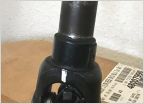 Slip Yoke Binding - Corrected - Thank you Timmy
Slip Yoke Binding - Corrected - Thank you Timmy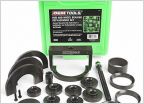 Nuckle swap
Nuckle swap New wheel bearing and hub installed...finally
New wheel bearing and hub installed...finally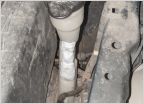 2003 washer fluid reservoir question
2003 washer fluid reservoir question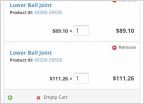 Lower ball joints for 4x4
Lower ball joints for 4x4














